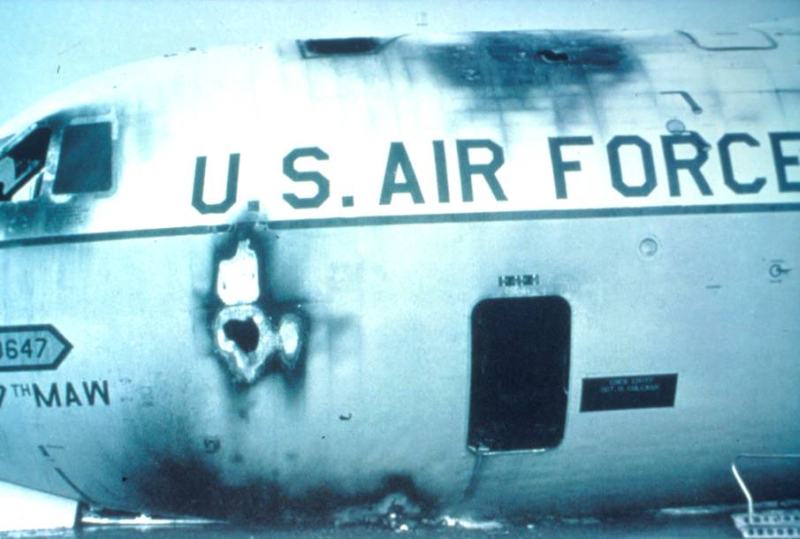Crash of a Beechcraft E18S in Windsor Locks: 1 killed
Date & Time:
Sep 19, 1979 at 0404 LT
Registration:
N705M
Survivors:
No
Schedule:
Windsor Locks – Baltimore
MSN:
BA-353
YOM:
1958
Crew on board:
1
Crew fatalities:
Pax on board:
0
Pax fatalities:
Other fatalities:
Total fatalities:
1
Captain / Total hours on type:
125.00
Circumstances:
Shortly after a night takeoff from Windsor Locks-Bradley Airport, while on a cargo flight to Baltimore, the twin engine airplane stalled and crashed in flames. The aircraft was destroyed and the pilot, sole on board, was killed.
Probable cause:
Uncontrolled collision with ground during initial climb following an inadequate preflight preparation. The following contributing factors were reported:
- Cargo shifted after rotation,
- Improperly loaded aircraft,
- Tie-down snaps, rings found disconnected,
- Aircraft 682 pounds over max gross weight.
- Cargo shifted after rotation,
- Improperly loaded aircraft,
- Tie-down snaps, rings found disconnected,
- Aircraft 682 pounds over max gross weight.
Final Report:








